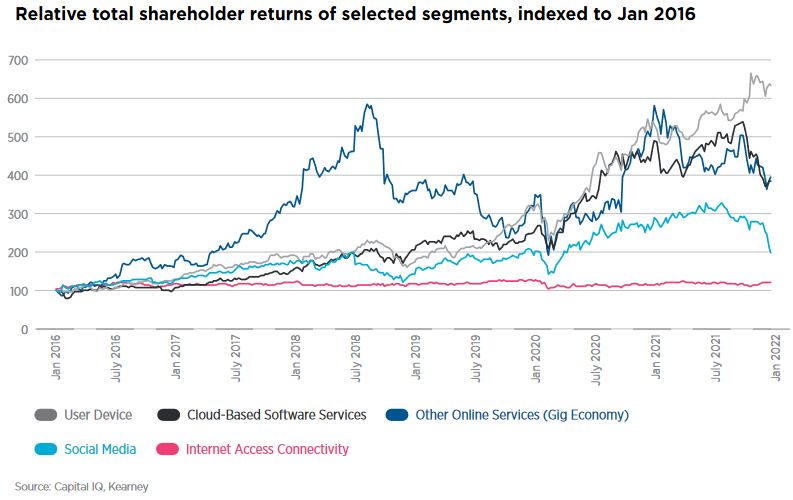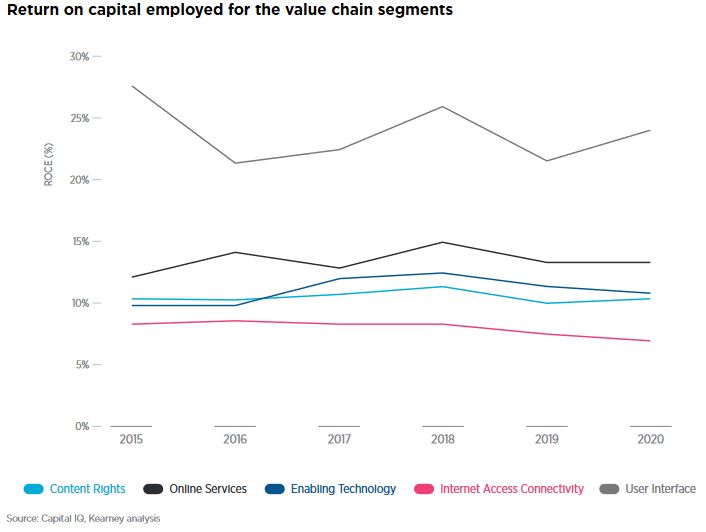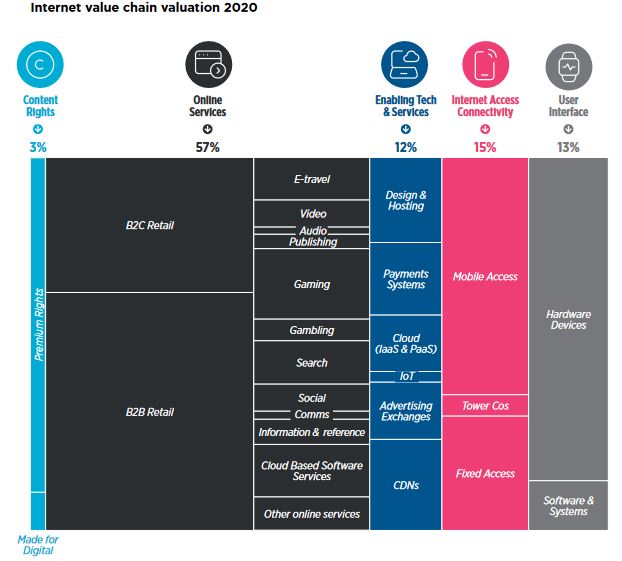Growth and innovation along the entire internet value chain could be delayed as a result of existing market imbalances. This is the main conclusion of the “Internet Value Chain 2022” report by Kearny and GSMA. During the event “The Internet Value Chain: Latest Numbers, Current Dynamics and Future Trends“, held on 18 May, possible solutions to boost connectivity and ensure continued investment in network capacity and roll-out were analyzed.
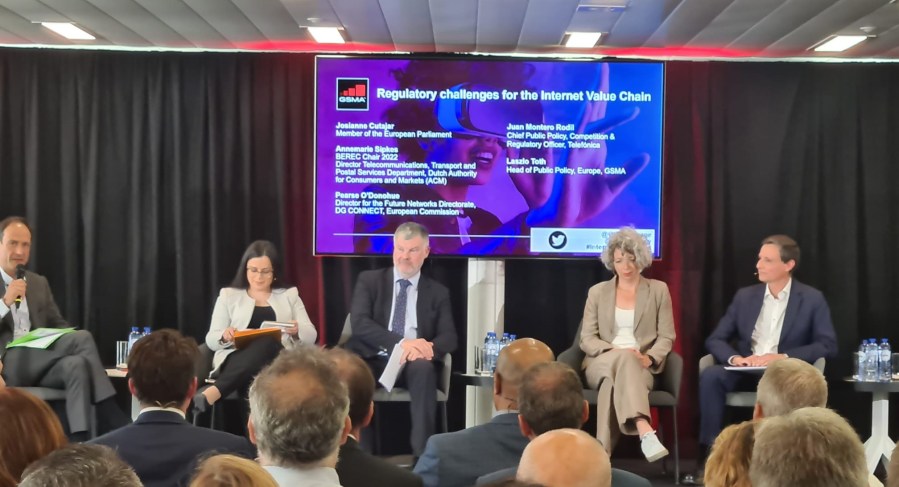
Josianne Cutajar (Member of the European Parliament), Pearse O’Donohue (Director of the Future Networks Directorate, DG CONNECT, EU Commission), Annemarie Sipkes (Chair of BEREC 2022) and Juan Montero Rodil (Chief of Public Policy, Competition and Regulation at Telefónica) participated in a conversation moderated by Laszlo Toth (Director of Public Policy, GSMA Europe). The interventions began with a unanimous agreement among the participants on the need to foster connectivity in order to achieve the objectives of the Digital Decade and boost the economic and social development of the European Union.
This Digital Decade plan has the ambition to bring ultra-high capacity (gigabit) networks and 5G connectivity to everyone by 2030. The proposal is a clear recognition of the relevance of connectivity in driving a double transition, digital and green. While the goals are clear, “we need to do much more” to achieve them, explained Josianne Cutajar.
Sustainability of a healthy internet value chain
“We need solutions that boost an investment-friendly ecosystem to meet the connectivity targets set by the European Commission”, warned Juan Montero.
So far, available data are worrying. The Kearney study reveals that there is no balance in the distribution of value in the Internet value chain and, in recent years, this trend has become more pronounced. The Internet ecosystem and competitive dynamics have changed. “The competition game is chaning”, stated Annemarie Sipkes, BEREC Chair 2022, requiring therefore a news view on regulation.
The telecoms industry’s commitment to bringing progress and welfare to all Europeans has translated into heavy annual investments of around EUR 50 billion in CapEx. This volume of investment is not sustainable for a European telecoms sector that is not at its best, unlike other regions. This situation fits with Pearse O’Donohue’s view, who underscored the importance of reducing regulatory costs of deployment and highlihted the relevance of a fair contribution, looking at the imbalances in the market to achieve the connectivity targets.
The development of Europe’s technological capabilities could be at stake due to insufficient return on investment or insufficient local or regional scale. To strengthen the technological foundations of our future, we need a policy approach that addresses the new context, unleashes the new era of connectivity and brings together efforts in a multi-sectoral collaboration.
The sustainability of a healthy Internet value chain depends on achieving a fair return on investment across the different links in the value chain. There is a need to rethink how companies in the internet value chain contribute fairly to the foundation of the digitalization process: digital connectivity infrastructures. This commitment will be key to boosting European industrial policy and its ability to achieve the autonomy strategy.
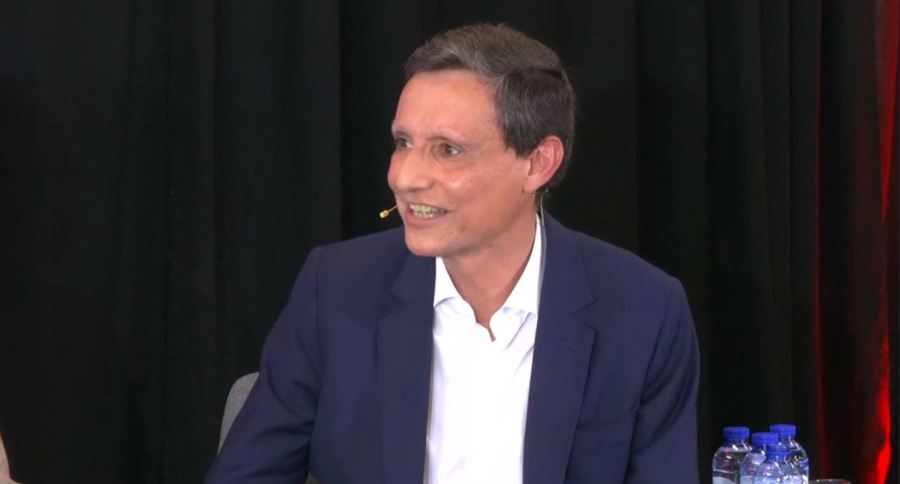
Adapting competition policy to new competitive dynamics
For European telecoms operators to gain scale, innovate and dare to move up the digital value chain, a fair regulatory policy developed in coherence with a modern competition policy is also key. A new vision on how to implement competition policy, in particular when dealing with the process of consolidation in the market, is indispensable to boost connectivity in the European Union.
The European telecommunications sector is currently characterized by a high fragmentation. The current regulatory and competition policy approach was designed for a very different scenario, when the main objective was to liberalize the telecoms market. After almost three decades, it is time to adapt competition policy to the new competitive dynamics.
If the EU wants a strong European digital industry and to avoid excessive dependence on foreign industries, sustainable telecom are needed. To achieve this, a regulatory and competition policy environment that encourages investment and innovation, not just short-term low prices, will have to be fostered.
An investment-friendly market structure
The intention to foster investments is clear, but the next steps will be decisive. The European Commission’s performance in monitoring telecoms market consolidation should consider the new competitive landscape and enhance an investment-friendly approach. This change could be reflected not only in the authorization of merger transactions, but also in the remedies that are put in place, which should in no case drive competition under artificial conditions.
It is essential to promote market-led structures that allow the sustainability of the European telecoms sector by ensuring an adequate return on investment.
In this context of new internet value chain dynamics, putting at risk a balanced distribution of value among players and regions, the review and alignment of regulatory, industrial and competition policies become the key to a sovereign digital Europe.
In the same vein, industrial policy must encourage private investment and innovation in the digital ecosystem. Competition policy and sectoral regulation must be aligned with the industrial policy vision and aspirations for digital sovereignty in Europe.


